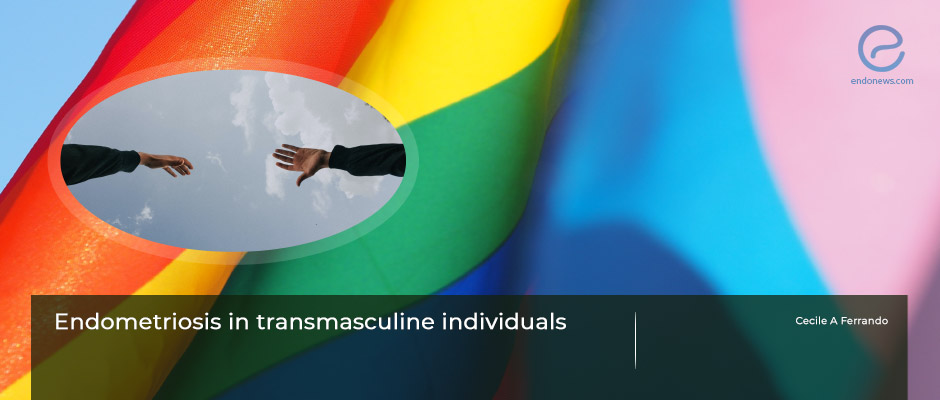Endometriosis in transmasculine people
Jul 11, 2022
The existence of endometriosis in transgenders should not be overlooked
Key Points
Highlight
- Although little data is available about the incidence of endometriosis in transmasculine individuals, it should not be overlooked in the presence of pelvic pain.
Importance
- Current traditional testosterone therapy may not be enough to completely cease the ovarian and endometrial functions in transgender men.
- Hysterectomy is a favorable option which may also reveal incidental endometriosis in some patients.
What’s done here
- This is a commentary about endometriosis in transmasculine people.
- It aims to review the literature regarding pelvic pain and endometriosis in transmasculine people who undergo a hysterectomy.
Key results
- The reported incidence of endometriosis in transmasculine individuals is around 30%.
- Some of these patients who were under testosterone therapy presented with active endometrium in the evaluation of hysterectomy specimens.
- In one study, it was seen that 40% of these patients were not amenorrheic even though they were using testosterone therapy and had pelvic pain.
- The perception of pain may be different in transmasculine individuals owing to their gender dysphoria and they may describe a normal menstrual discomfort as pelvic pain.
Lay Summary
“Transmasculine” refers to people who were assigned female at birth but later identify themselves with masculinity. If they choose to transition to the male gender, they are then prescribed long-term testosterone and some may want to undergo a hysterectomy as a gender-affirming surgery.
Very little is known about the incidence of pelvic pain and its causes in transmasculine people, and in their commentary, Dr. Ferrando from Cleveland, Ohio, USA aimed to take a look at the literature regarding pelvic pain and endometriosis in transmasculine people who undergo a hysterectomy. It was published in a recent issue of the journal Reproduction&Fertility.
It has been considered that with testosterone therapy, the cessation of ovarian functions and endometrial activity occurs. However, recent literature findings show that some patients presented with active endometrium in the evaluation of hysterectomy specimens of transgender men. A few studies also report on endometriosis incidence among these patients which is found to be around 30% in one study. It was seen that 40% of these patients were not amenorrheic even though they were using testosterone therapy and had pelvic pain. Dr. Ferrando states in some of these patients, the high levels of androgens may be converted to estrogens in the peripheral tissues causing the endometriosis to be symptomatic.
It is also reported that the perception of pain may be different in transmasculine individuals owing to their gender dysphoria. They may describe a normal menstrual discomfort as pelvic pain. Therefore, when evaluating these patients for a hysterectomy, their pelvic pain symptoms should not be overlooked as they tend to have a higher percentage of incidental intraoperative findings of endometriosis. More prospective studies are needed to further assess the pain characteristics that these patients feel.
It is concluded that traditional testosterone therapy in these individuals may not be enough for virilization and endometriosis does exist in this population as well and surgeons should keep it in mind while managing these patients.
Research Source: https://pubmed.ncbi.nlm.nih.gov/35706580/
endometriosis transmasculine transgender cisgender hysterectomy testosterone

